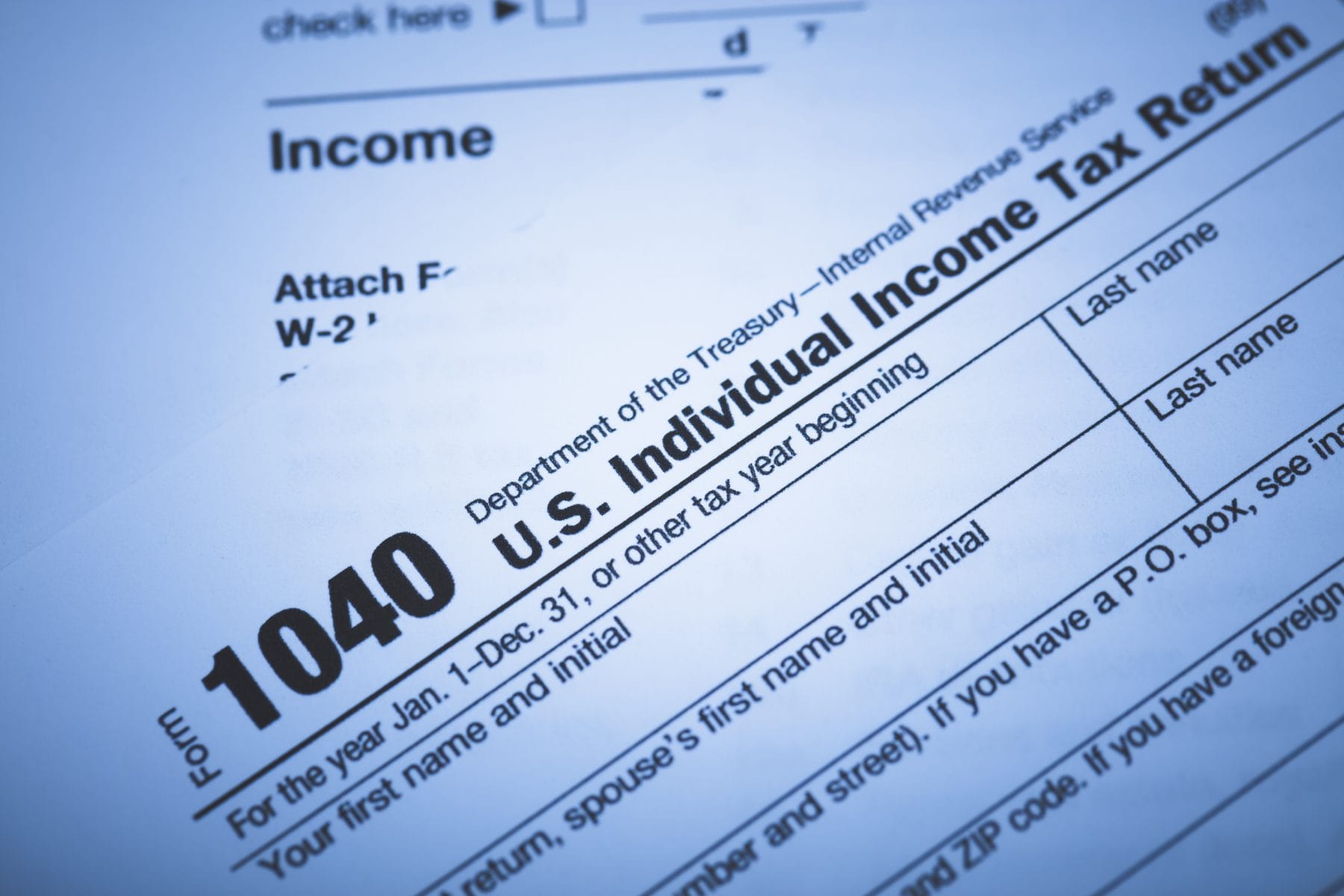
IRA Changes For 2019
In an effort to notify our customers of the upcoming IRA changes for 2019, we’d like to share some highlights from the press release published by the Internal Revenue Service. All changes have taken effect for the 2019 tax year.
IRA Contribution Limits
For employees that participate in 401(k), 403(b), some of the 457 plans, and the Thrift Savings Plan with the federal government, the contribution limit has increased from $18,500 to $19,000.
If annual contributions are made to an Individual Retirement Arrangements (IRA) account, the limit on that contribution has increased from $5,500 to $6,000 per year. This is the first increase seen since 2013. In addition to this, the catch-up contribution limit for those aged 50 and older remains at $1,000 per calendar year and isn’t limited to an annual cost of living adjustment.
Deductible Contributions
Eligibility requirements for income ranges have been updated for taxpayers making deductible contributions to traditional IRAs, Roth IRAs, and the ability to claim the saver’s credit.
If certain conditions are met, taxpayers can deduct contributions to a traditional IRA. Depending on filing status or income, If the taxpayer or spouse was covered by a retirement plan at work during the year, the deduction may be decreased until phased out or eliminated. This doesn’t apply for those taxpayers and spouses not covered by a retirement plan at work.
Following are the phase-out ranges for 2019:
- Single taxpayers covered by a retirement plan at their workplace is now $64,000 to $74,000 (an increase of $1,000).
- Taxpayers filing as married jointly, where the IRA contribution is covered by a workplace retirement plan, the phase out range is now $103,000 to $123,000 (an increase of $2,000).
- IRA contributor not covered by their workplace retirement plan, but married to someone who is, the deduction will be phased out if the total family income is between $193,000 and $203,000 (an increase from the range of $189,000 to $199,000)
- Married taxpayer filing an individual return covered by a workplace retirement plan, the range for phase-out isn’t subject to the annual cost-of-living adjustment and remains the same at $0 to $10,000.
Additional Limitations
Limitations on defined benefit plans under Section 415(b)(1)(A) has increased from $220,000 to $225,000 effective at the beginning of the 2019 tax year. For participants separating from service before the end of the tax year (before January 1, 2019), the benefit will be computed by multiplying the 2018 adjusted compensation limitation by 1.0264.
Limitations for defined contribution plans under Section 415(c)(1)(A) has increased from $55,000 to $56,000 in 2019.
The Code provides additional dollar amounts that are to be adjusted at the same time and in the same manner as the dollar limitation of Section 415(b)(1)(A). The limitations rules, after the rounding adjustments are applied, for 2019 are listed as follows:
- Exclusion for elective deferrals described in Section 402(g)(3) has increased from $18,500 to $19,000.
- Annual compensation limit under Sections 401(a)(17), 404(l), 408(k)(3)(C), and 408(k)(6)(D)(ii) has increased from $275,000 to $280,000.
- The limitation under Section 416(i)(1)(A)(i) concerning the definition of key employee in a top-heavy plan has increased from $175,000 to $180,000.
- Amount under Section 409(o)(1)(C)(ii) for determining the max account balance in an employee stock ownership plan subject to a five year distribution period has increased from $1,105,000 to $1,130,000, while the amount used to determine the lengthening of the five year distribution period has increased from $220,000 to $225,000.
For more information on these changes, and a detailed account of unchanged limitations, please visit the IRS news release.